when Steve Jobs first announced the iPhone back in 2007, the device only had one size and only worked with one carrier in the U.S. Life was easy back then — you wanted an iPhone? Then you had to go to AT&T. It was that simple.
But times have changed, and in some ways, getting an iPhone has become a bit overwhelming, and even anxiety-inducing.
History of the iPhone
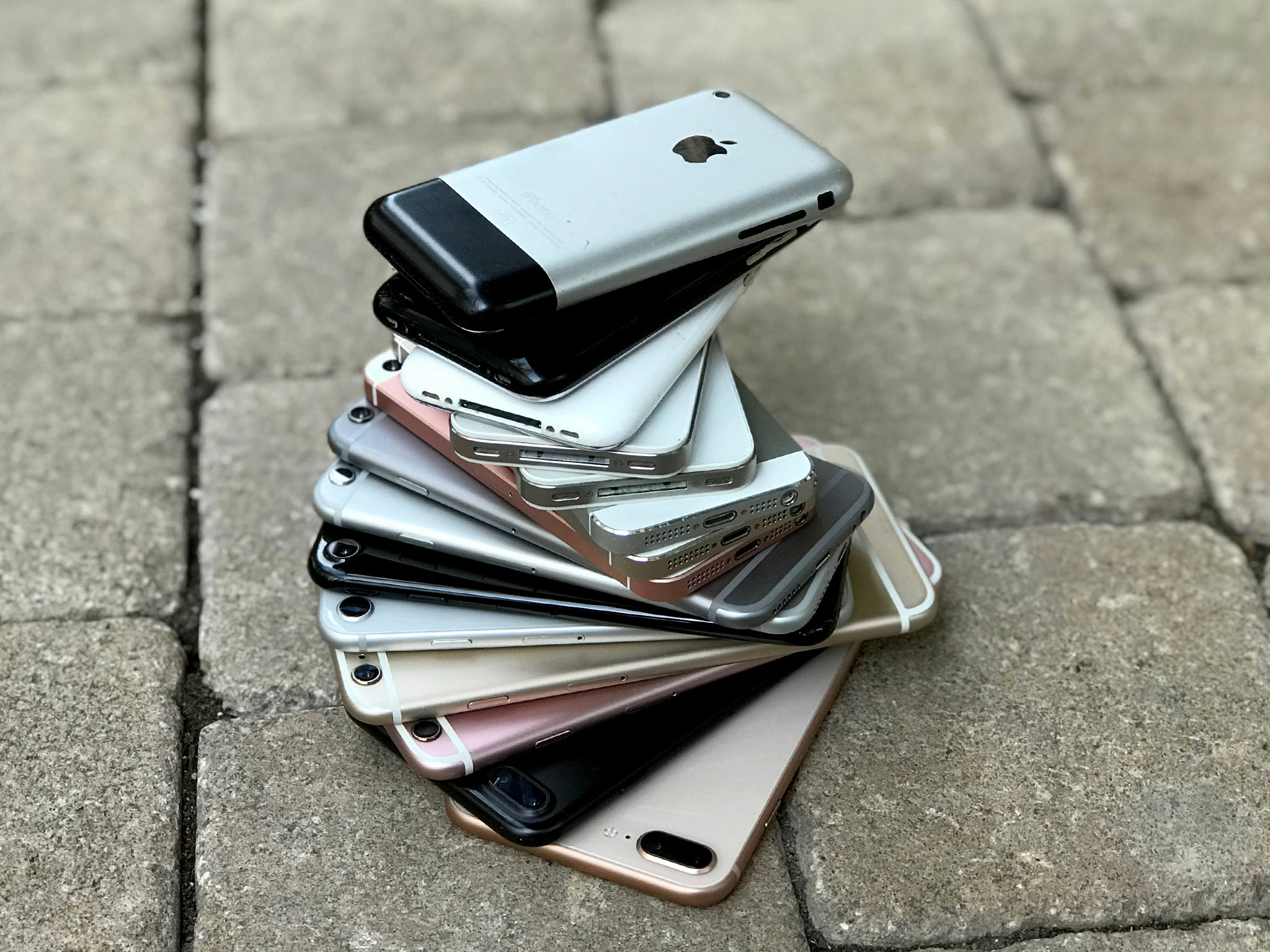
Source: iMore
Skip forward to early 2011, and the iPhone 4 was also going to be available on Verizon with a CDMA version, as well as AT&T with the GSM version. Then Sprint started carrying the CDMA iPhone 4 and iPhone 4s in late 2011. Eventually, the iPhone would find its way to every US carrier in some way or form, along with many other cellular companies in other countries.
And for a while, all was fine and dandy. From the original iPhone to the iPhone 4s, it was a simple 3.5-inch screen. Then the iPhone 5 brought the first 4-inch iPhone screen, which is still coveted by many as the “perfect small iPhone size,” and the iPhone SE eventually revives this size, though it’s a bit dated now.
Our favorite VPN service is more affordable now than ever before
Then the iPhone 6 and 6 Plus came along, beginning the era of multiple iPhone size choices, with either a 4.7-inch or 5.5-inch screen, respectively. These sizes continued all the way up to the iPhone 8 and 8 Plus, which are still being sold today.
Along with the release of the iPhone 8, however, was the iPhone X, which got rid of the classic Home button and increased the size of the screen to 5.8-inches, while retaining a physical profile that is similar to the iPhone 8 itself. The iPhone XS kept the same 5.8-inch size of the X, but then you have the XS Max with a 6.5-inch screen and the iPhone XR with a 6.1-inch screen. And the iPhone 11, 11 Pro, and 11 Pro Max continue the tradition of 6.1-inch, 5.8-inch, and 6.5-inch screens, respectively.
We’ve gone from a tiny 3.5-inch screen all the way up to 6.5-inches (as of right now), different features, various storage capacities, multiple carriers, several different starting price points, and even deals during select times of the year. It’s no longer a simple task when someone says “I want to get a new iPhone.”
Potentially too many choices for the average person
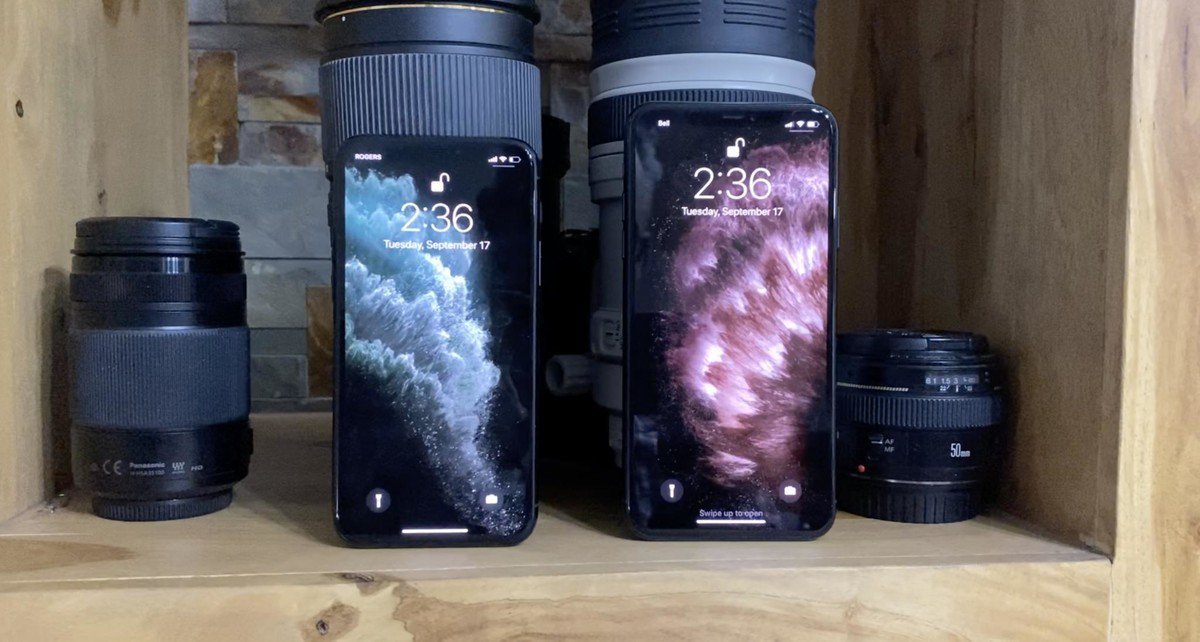
Source: iMore
Nowadays, when you go out to buy a new iPhone, you have the choice of two display types (LCD or OLED) and three screen sizes (one LCD and two OLED) to choose from. There are also several different color choices for each model, which just adds to the decision-making process. And if you’re not satisfied with your current cellular provider, you may need to do some extra research to figure out which provider would better suit your needs.
For the tech-savvy like myself, choosing an iPhone each year is not really an issue. We know what size we’re comfortable with, the screen we want, the color (though it just ends up going in a case), and the capacity.
But not everyone is a techie.
I realize that with my job, I (and my fellow coworkers) would be considered outliers. The Average Joe won’t be following Apple iPhone rumors for months, and they’re probably using an iPhone (or other smartphone) that is several years old by now, and they just want an upgrade from what they have.
When they go to the Apple Store or their carrier, and say “I want to get a new iPhone,” the sales associate will then probably ask, “Ok, which one?” And then that’s where it can get a bit overwhelming for most people. You know the typical person will just respond with, “Oh you know, that new iPhone.”
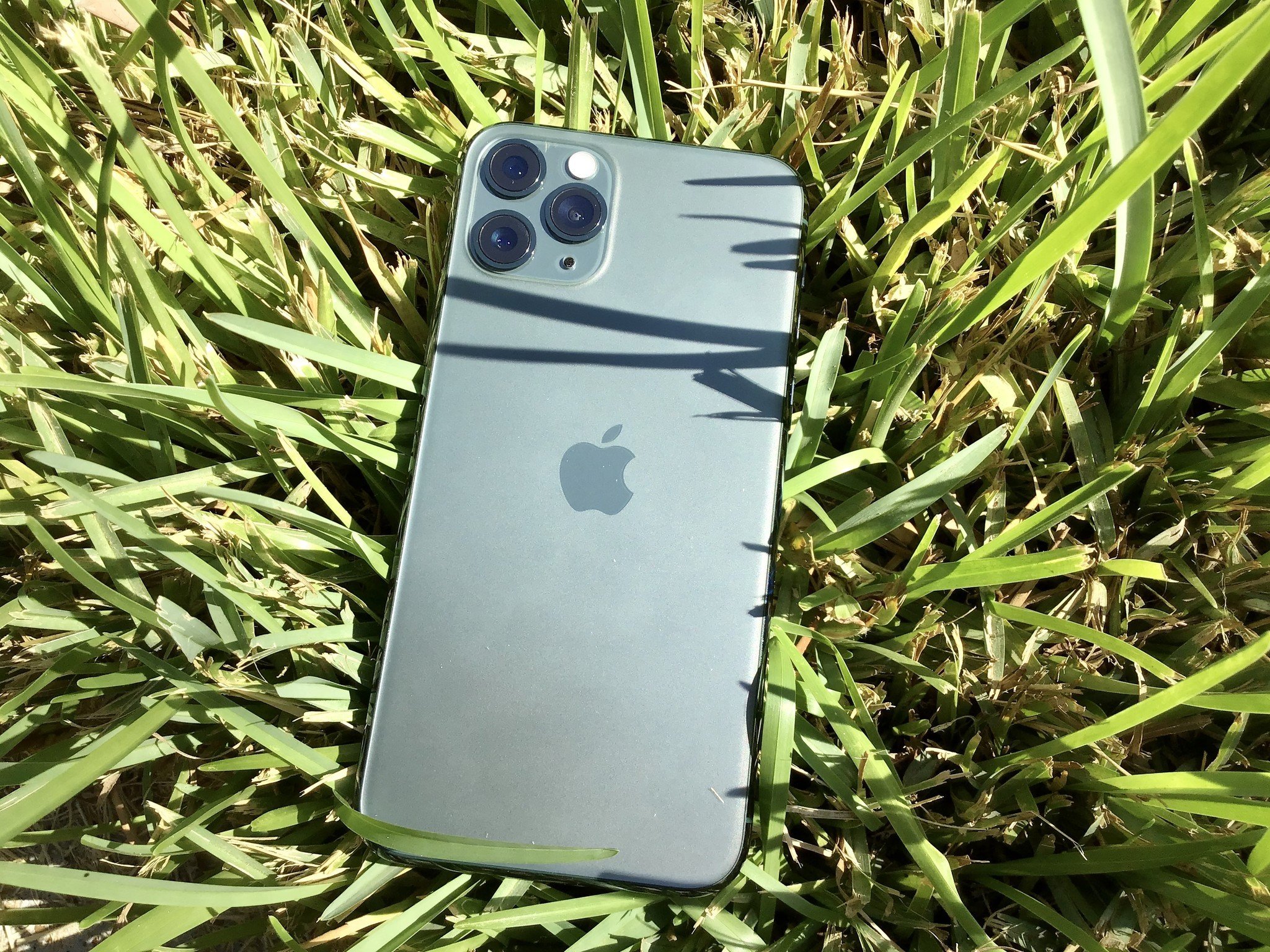
Source: Christine Romero-Chan / iMore
But again, there are three sizes of the new iPhone 11 line, and the iPhone 8 is also still available for purchase. So then the sales associate will need to ask them if they still want to use the Home button and Touch ID, or if they want to go with the button-less iPhone with Face ID. And if they go with the latter, then what size screen do you want? They’re not going to know what the difference is between an LCD and OLED screen until you put them side-by-side with each other, and even then it’s not guaranteed.
With so many iPhone options available when you go buy one, if you don’t already know what you want after following the rumor mill for months, then it does look a bit much, and even intimidating to some. That consumer will then need the sales associate to explain the differences of each model to them, requiring more time. Or if they’re trying to get a new phone online, they’ll probably ring up someone that they know is into all that stuff, and then that person will need to explain (in layman’s terms) what the differences between iPhone 8, iPhone 11, and the 11 Pro/Max are.
And even when the differences are explained to said person, they may still be confused as to why would this be better, etc. Oh believe me, I’ve gone through it with my own relatives and in-laws. It’s just evidence that for most people, there are just too many choices that are available at the moment.



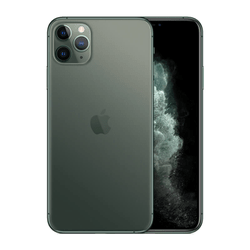
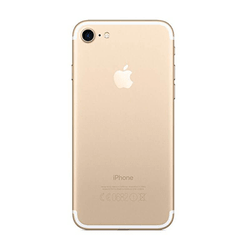
Leave a comment